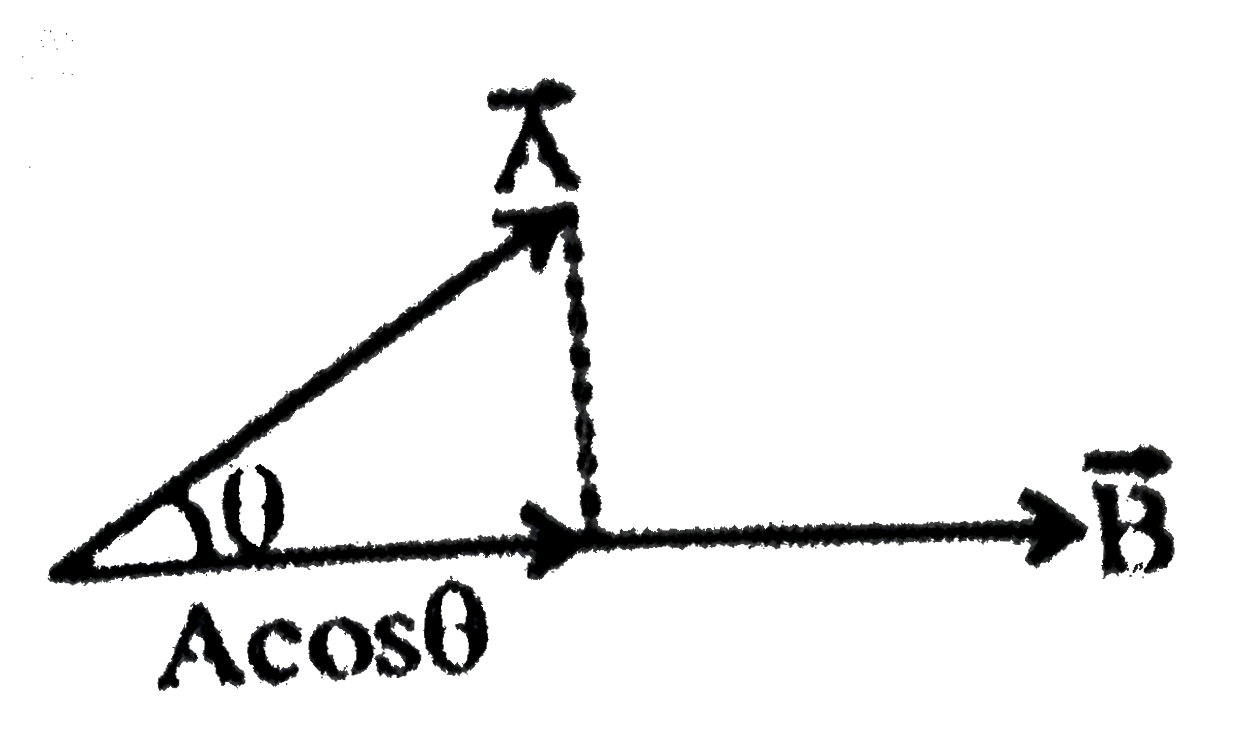The component of perpendicular to is Solution in Gujrati
The correct Answer is:C
Topper's Solved these Questions
- UNIT & DIMENSIONS, BASIC MATHS AND VECTOR BOOK - ALLEN CHAPTER - UNIT & DIMENSIONS, BASIC MATHS AND VECTOR EXERCISE - Exercise (S-1)
22 Videos
- UNIT & DIMENSIONS, BASIC MATHS AND VECTOR BOOK - ALLEN CHAPTER - UNIT & DIMENSIONS, BASIC MATHS AND VECTOR EXERCISE - Exercise (S-2)
7 Videos
- UNIT & DIMENSIONS, BASIC MATHS AND VECTOR BOOK - ALLEN CHAPTER - UNIT & DIMENSIONS, BASIC MATHS AND VECTOR EXERCISE - Exercise (J-A)
7 Videos
- TEST PAPERSBOOK - ALLEN CHAPTER - TEST PAPERSEXERCISE - MATHS
1 Videos
- WAVE OPTICSBOOK - ALLEN CHAPTER - WAVE OPTICSEXERCISE - Exercise 2 (Previous Year Questions)
7 Videos
Similar Questions
A particles is in a unidirectional potential field where the potential energy (U) of a particle depends on the x-coordinate given by Ux=k(1−cosax) & k and 'a' are constant. Find the physical dimensions of 'a'&k.
View SolutionThe Vander wal's equation for n moles of a real gas is given by (P+n2aV2)(V−nb)=nRT, where
P pressure of gas, V= volume of gas, T= temperature of gas
R= molar gas constant, a & b= Van der waal's constant
Which of the following have the same dimensions as those of nRT.
View SolutionMatch List I with List II and select the correct answer using the codes given below the lists :

View SolutionIf complex number z(z≠2) satisfies the equation z2=4z+|z|2+16|z|3, then what is the value of |z|4 ?
View SolutionElectromagnetic waves are transverse is nature is evident by
View SolutionIf →a=5ˆi−ˆj−3ˆkand →b=ˆi+3ˆj−5ˆkthen show that the vectors →a+→band →a−→bare perpendicular.
View SolutionFind the vector →p which is perpendicular to both →α=4ˆi+5ˆj−ˆk and →β=ˆi−4ˆj+5ˆk and →p.→q=21, where →q=3ˆi+ˆj−ˆk.
View Solutionvec r=(4hat i-hat j)+lambda(hat i+2hat j-3hat k) and vec r=(hat i-hat j+2hat k)+mu(2hat i+4hat j-5hat k)
View SolutionIf →a=5ˆi−ˆj−3ˆk , →b=ˆi+3ˆj−5ˆk then show that the vectors →a+→b , →a−→b are perpendicular.
View SolutionThe three vector vec(A) = 3hat(i)-2hat(j)+hat(k), vec(B)= hat(i)-3hat(j)+5hat(k) and vec(C )= 2hat(i)+hat(j)-4hat(k) from
View SolutionThe compenent of →A=ˆi+ˆj+5ˆj perpendicular to →B=3ˆi+4ˆj is
View SolutionLet →A=4ˆi+5ˆj−ˆk,→b=ˆi−4ˆj+5ˆk and →c=3ˆi+ˆj−ˆk. Find a vector →d which is perpendicular to both →a and →b, and is such that →d.Vec(c)=21.
View SolutionShow that the vectors →a,→b,→c are coplanar, when
(i) →a=ˆi−2ˆj+3ˆk,→b=−2ˆi+3ˆj−4ˆkand→c=ˆi−3ˆj+5ˆk
(ii) →a=ˆi+3ˆj+ˆk,→b=2ˆi−ˆj−ˆkand→c=7ˆj+3ˆk
(iii) →a=2ˆi−ˆj+2ˆk,→b=ˆi+2ˆj−3ˆkand→c=3ˆi−4ˆj+7ˆk
View Solutionसिद्ध कीजिए कि सदिश →a=ˆi−2ˆj+3ˆk,→b=−2ˆi+3ˆj−4ˆk और →c=ˆi−3ˆj+5ˆk समतलीय है।
View SolutionThree vectors →A=2ˆi−ˆj+ˆk,→B=ˆi−3ˆj−5ˆk, and →C=3ˆi−4ˆj−4ˆk are sides of an :
View SolutionIf →a=5ˆi−ˆj−3ˆk and →b=ˆi+3ˆj−5ˆk, then show that the vectors (→a+→b) and (→a−→b) are perpendicular.
View Solution

